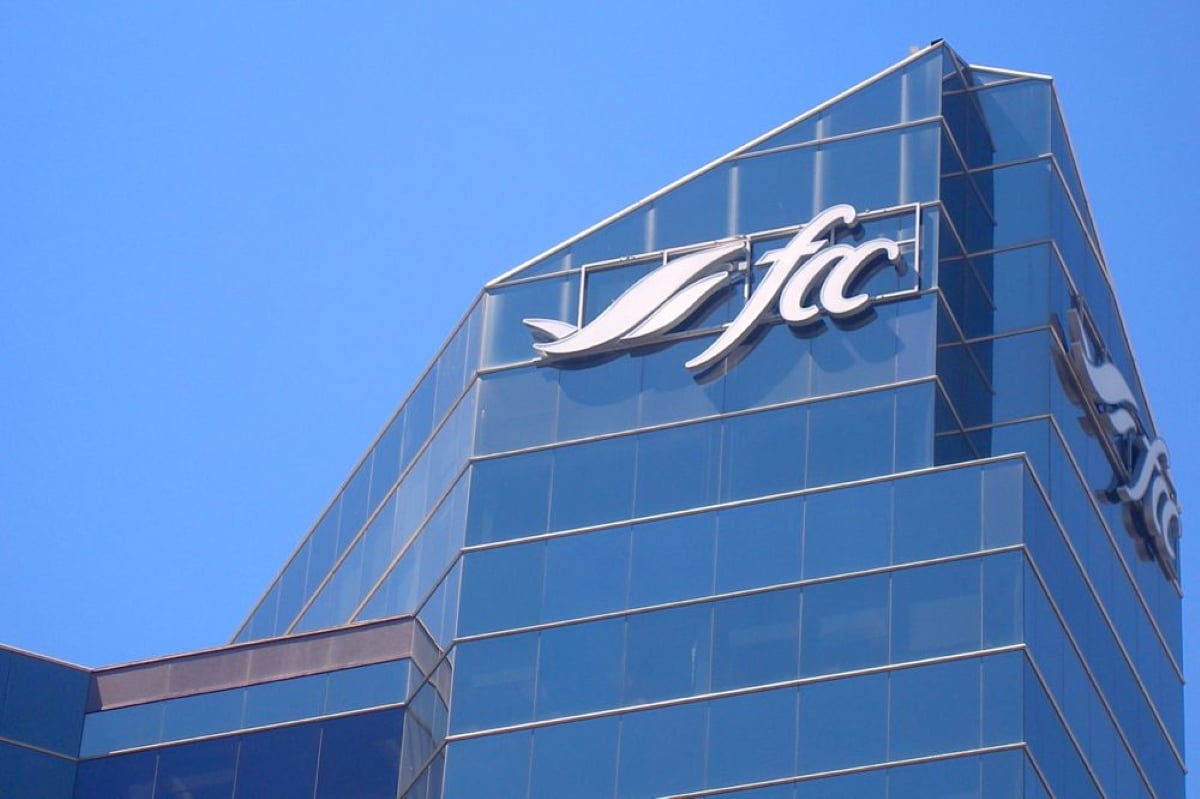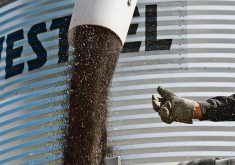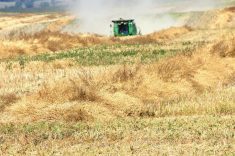MONCTON, N.B. — Grassland guardians may finally get their wish to be paid for the environmental services they provide.
Land trust agencies, a carbon project developer, ranchers, the eco goods and service development company Viresco Solutions Inc. and Shell Canada are developing a pilot program to measure how much carbon is sequestered and then calculate payments.
The concept was described at the recent Canadian Forage and Grassland Association conference held in Moncton.
The ability to capture and store carbon in the soil beneath grasslands is huge.
Read Also

Farm Credit Canada partners with major Toronto innovation hub
A FCC parntership with MaRS Discovery District aims to solve technology problems in food supply chains.
“It is difficult to assess, but we don’t have settled science on soil carbon stocks and especially soil carbon change,” said Karen Haugen-Kozyra of Viresco Solutions.
The U.S.-based carbon offsets registry Climate Action Reserve worked with Viresco to develop a grassland project protocol for eligible projects in Canada. The protocol provides guidelines on how to quantify, monitor and report greenhouse gas emission reductions by maintaining grasslands.
The Climate Action Reserve focuses on developing standardized requirements to reduce emissions and serves as a registry for projects and tracks offsets through a publicly accessible database.
The Canadian Forage and Grassland Association’s Canada Grassland Project Protocol strategy hopes to monitor 50 sites on private land that could conceivably be turned into cultivated land. Wetlands could be included.
Participants have to sign a land conservation agreement with moderate grazing and no breaking up the land.
The project will consider carbon stored per hectare and revenue will vary on location, project and other activities. Those involved in the project have applied for funding through the Canadian Agriculture Program.
Eligible lands are private or tribal lands where there has been at least 10 years of continuous grassland. Producers could receive credits for up to 30 years. Working with the American Climate Action Reserve, the offset protocol provides a standardized approach for quantifying, monitoring and verifying greenhouse reductions that occur by avoiding conversion of grassland to cropland in Canada.
Carbon offsets are generated for sale on a market for carbon emissions reductions or carbon storage.
















